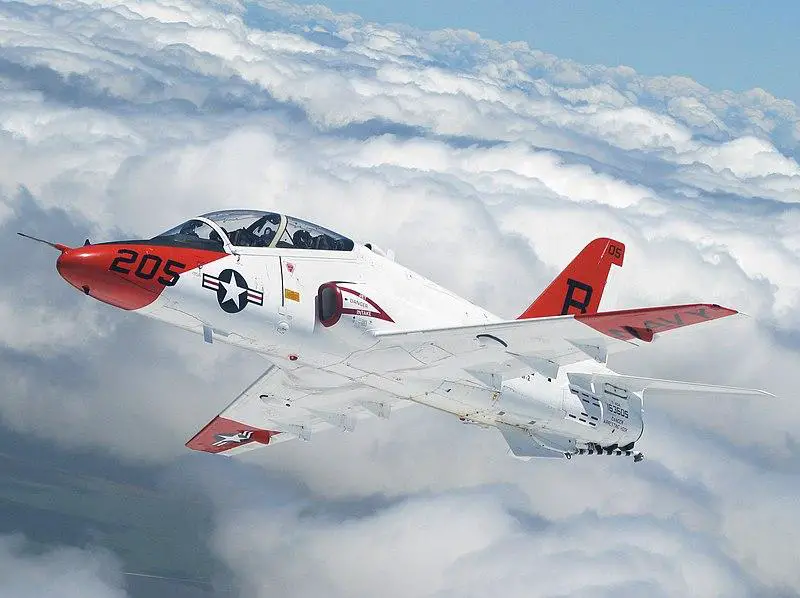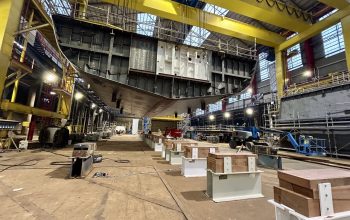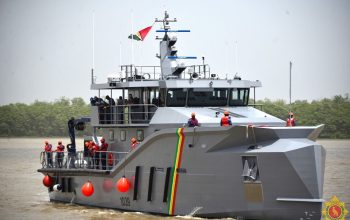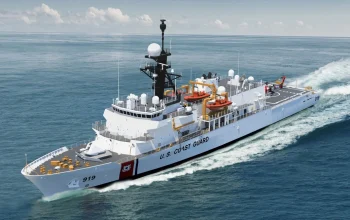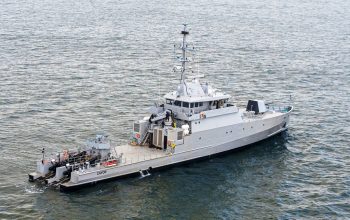Chief of Naval Air Training (CNATRA) has resumed T-45C Goshawk aircraft flight operations. The U.S. Navy and Marine Corps’ fleet of T-45Cs have been on a safety pause since Oct. 14 following the discovery of an engine blade failure. Engineering analysis has revealed that a subset of T-45C engine blades do not meet the manufacturer’s engine specifications; those aircraft remain grounded. The T-45Cs that have returned to flight contain engines that are compliant with these specifications. Flight operations for the rest of the T-45C fleet will remain paused as the Navy and its industry partner Rolls Royce continue to evaluate engineering data on the non-conforming parts and work to return additional T-45Cs to operational status. During this time, training air wings and squadrons are maximizing ground training, including classroom lectures, simulators and computer-based training.
“Safety of our student aviators and instructors is paramount. Our Navy teams and industry partner are diligently and thoroughly analyzing all facets of this issue to determine a safe and expeditious way forward for the rest of the T-45 fleet to return to flight,” said Rear Adm. John Lemmon, Program Executive Officer for Tactical Aircraft Programs (PEO(T)).
“The process of returning to operations is based off engineering analysis by NAVAIR, with the most important decision being the safety of our aviators. The aircraft we are flying are verified and known-good. We have the highest confidence in the compliance of these aircraft. We sincerely thank the team at NAVAIR for their hard work and commitment to finding the best possible solution for the long-term safety of our aviators and aircraft. While the reintroduction of the T-45C fleet will be a staggered approach, it is not a process that will be rushed,” said CNATRA Rear Adm. Richard Brophy.
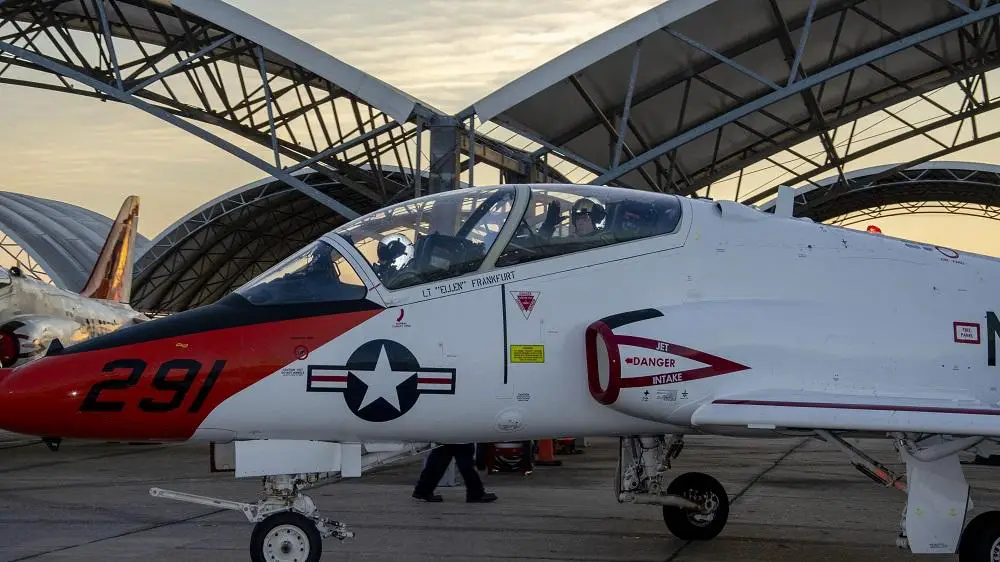
The McDonnell Douglas (now Boeing) T-45 Goshawk is a highly modified version of the British BAE Systems Hawk land-based training jet aircraft. Manufactured by McDonnell Douglas (now Boeing) and British Aerospace (now BAE Systems), the T-45 is used by the United States Navy as an aircraft carrier-capable trainer. Work on the production of the Goshawk was divided between the two primary partner companies. BAE Systems was responsible for manufacturing the fuselage aft of the cockpit, along with the air inlets, and the vertical stabilizer of the T-45 at their Samlesbury facility, while the wings were produced at the company’s plant at Brough, England. Boeing performed the manufacture of the remaining elements of the Goshawk, as well as conducting assembly of the type at a production line at St. Louis, Missouri, after having transferred work on the program from the company’s facility in Long Beach, California.
The T-45 Goshawk is a carrier-qualified version of the British Aerospace Hawk Mk.60. It was redesigned as a trainer for the United States Navy (USN) and United States Marine Corps (USMC). Changes were made to the Hawk in two stages. The initial redesign included stronger landing gear and airframe to withstand the loads imposed by catapult launches and high sink-rate (14 ft/sec) landings. A catapult tow bar attachment was added to the oleo strut of the new two-wheel nose gear . Other additions were an arresting hook, an increased span tailplane, side-mounted airbrakes, and the addition of stabilator vanes, known as ‘Side Mounted Upper Rear Fuselage Strakes’ (SMURFS – USN), to stabilize flow over the stabilator with speed brakes extended. Navy test pilots found deficiences which had to be corrected. Some required further external changes: a single ventral fin in front of the arrestor hook, a 6-inch (0.152 m) extension to the tail fin, squared-off wing tips and leading-edge slats.


